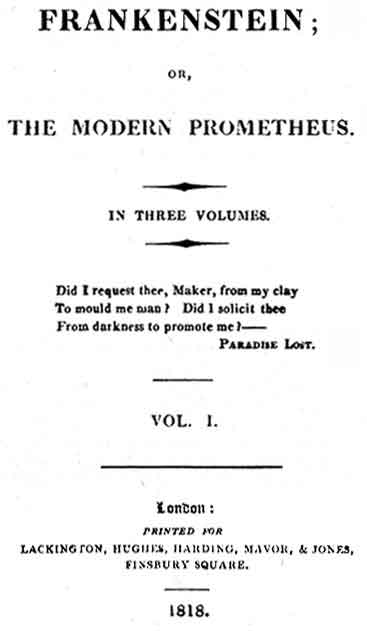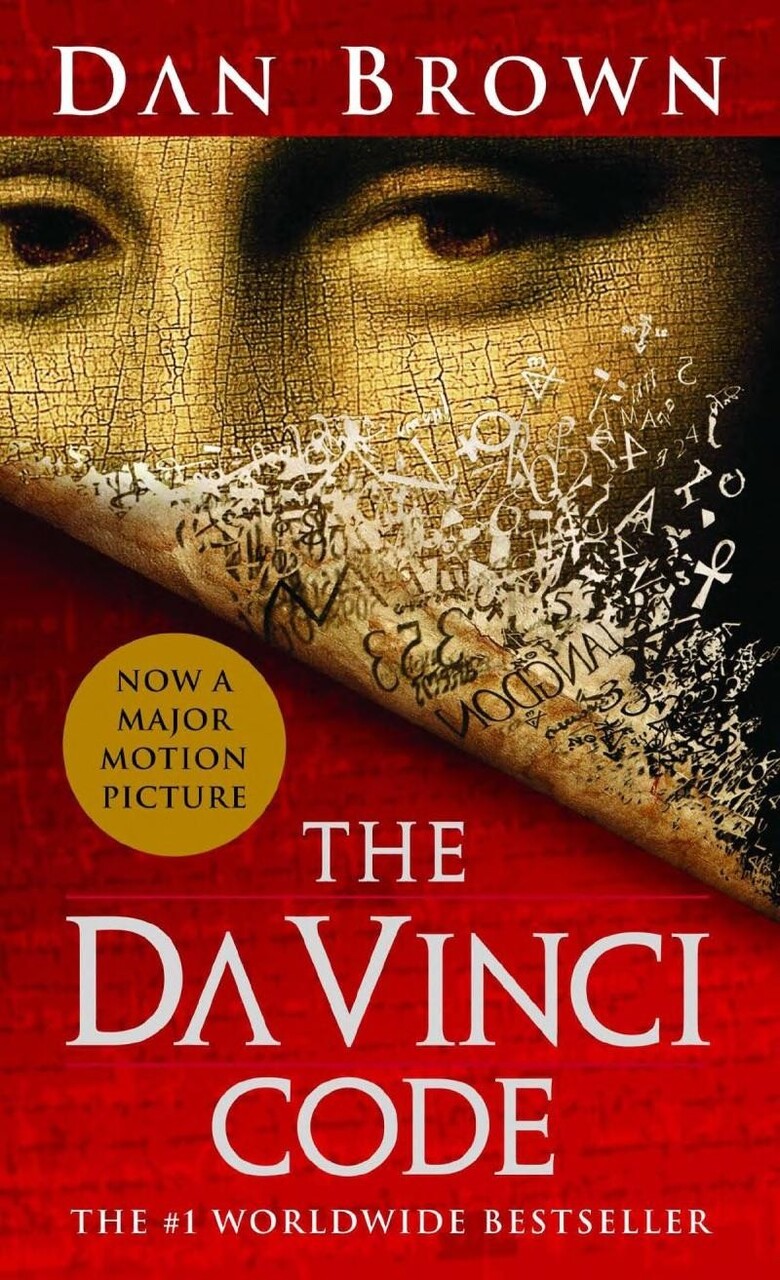Posts in category 'books'
Review: Frankenstein

In the most famous gothic horror story ever told, Shelley confronts the limitations of science, the nature of human cruelty and the pathway to forgiveness. ‘The rain pattered dismally against the panes, and my candle was nearly burnt out, when, by the glimmer of the half-extinguished light, I saw the dull yellow eye of the creature open...’ Victor Frankenstein’s monster is stitched together from the limbs of the dead, taken from ‘the dissecting room and the slaughter-house’. The result is a grotesque being who, rejected by his maker and starved of human companionship, sets out on a journey to seek his revenge. In the most famous gothic horror story ever told, Shelley confronts the limitations of science, the nature of human cruelty and the pathway to forgiveness. Begun when Mary Shelley was only eighteen years old and published two years later, this chilling tale of a young scientist’s desire to create life – and the consequences of that creation – still resonates today.
Okay, calling this a review is probably a silly idea, considering “Frankenstein”, by Mary Shelley, was written, according to Frankenstein, in 1818. Still, having finished the book (which I grabbed from Project Gutenberg and read on my Palm), I felt it worth the time to put together a little write up about my impressions about the work.
Now, to say this book is a classic is stating the obvious. Mary Shelley’s story about the bright young scientist Frankenstein and his creation has become a fixture in our culture, influencing countless subsequent works. Being the origin of the modern “mad scientist” archetype, it’s hard to underestimate how much this work has permeated our collective consciousness. And yet despite this, I was surprised to discover that the modern representations of the story are, to say the least, a departure from the original work.
Continue reading...Review: The Twelve Chairs

Ostap Bender is an unemployed con artist living by his wits in postrevolutionary Soviet Russia. He joins forces with Ippolit Matveyevich Vorobyaninov, a former nobleman who has returned to his hometown to find a cache of missing jewels which were hidden in some chairs that have been appropriated by the Soviet authorities. The search for the bejeweled chairs takes these unlikely heroes from the provinces to Moscow to the wilds of Soviet Georgia and the Trans-caucasus mountains; on their quest they encounter a wide variety of characters: from opportunistic Soviet bureaucrats to aging survivors of the prerevolutionary propertied classes, each one more selfish, venal, and ineffective than the one before.
Well, I finally finished reading The Twelve Chairs by Ilf and Petrov… in a word, surprising. The translation from Russian to English is, to say the least, rough at times; I’m sure there are many Russian cultural jokes and references that I simply have no hope of understanding. But overall it was fairly entertaining, as long as you’re happy reading the odd passage with the knowledge that you’ll never really understand it’s meaning.
The story revolves around the two main characters, Ippolit Matveyevich Vorobyaninov, a former nobleman, and Ostap Bender, who is essentially a crook. The setup is simple: just before Vorobyaninov’s mother-in-law dies she reveals that she has hidden a cache of jewels in one of her twelve dining room chairs, which has been taken by Soviet authorities. Vorobyaninov is then joined by Bender, and the two of them go on a cross-country search to find the chairs and recover the jewels. Along the way, in order to fund their journey, Bender comes up with some rather ridiculous schemes in order to con people out of their money.
Continue reading...A Little Family History
So we went to visit my Granda Kosinski on the Easter weekend… first time in, like, 5 months, much to my chagrin. Anyway, she lives down in Camrose, so we did the drive down there and visited for a couple hours and did the usual… talked talked talked. Well, during the course of discussions, we some how landed on the topic of books, and I discovered a rather interesting little factoid: apparently my great-grandma’s, and hence also my grandma’s, favourite book was/is “The Count of Monte Cristo”! Heck, my grandma owns two copies of the book, and while we were chatting about it, proceeded to describe some of the major plot points, something I can barely do with any book I’ve read. Now, this in and of itself is interesting, particularly since my great-grandma, when first introduced to the book, couldn’t actually read, and so only knew it because she heard other people reading it out loud. But the other thing that makes this all rather ironic, at least to me, is that TCMC is one of a small handful of books that I consciously chose not to finish (one of the others being “The Plague”, by Albert Camus, but I think I can hardly be blamed for that one).
Anyway, I think I can do nothing but make another attempt at the book, so back into the queue it goes. Which means I should get to it sometime… next year, maybe.
Review: The Da Vinci Code
(https://b-ark.ca/Gs8eMm)Review of The Da Vinci Code
<span>(<a href="https://en.wikipedia.org/wiki/Robert_Langdon">Robert Langdon</a> #2.0)</span>by
(1400079179)★★★ </span>

Brown's latest thriller (after Angels and Demons)is an exhaustively researched page-turner about secret religious societies, ancient coverups and savage vengeance. The action kicks off in modern-day Paris with the murder of the Louvre's chief curator, whose body is found laid out in symbolic repose at the foot of the Mona Lisa. Seizing control of the case are Sophie Neveu, a lovely French police cryptologist, and Harvard symbol expert Robert Langdon, reprising his role from Brown's last book. The two find several puzzling codes at the murder scene, all of which form a treasure map to the fabled Holy Grail. As their search moves from France to England, Neveu and Langdon are confounded by two mysterious groups-the legendary Priory of Sion, a nearly 1,000-year-old secret society whose members have included Botticelli and Isaac Newton, and the conservative Catholic organization Opus Dei. Both have their own reasons for wanting to ensure that the Grail isn't found. Brown sometimes ladles out too much religious history at the expense of pacing, and Langdon is a hero in desperate need of more chutzpah. Still, Brown has assembled a whopper of a plot that will please both conspiracy buffs and thriller addicts.
Hmm… what can I say. Well, first off, it was better than Decipher. ‘course, that’s not really saying much, now is it?
It’s not actually that bad of a book, as far as pulply action stuff goes. At least, unlike Decipher, it was actually written like a book, as opposed to feeling like a screenplay that got rejected and then converted. The pacing is pretty decent, the language middling, the plot not terrible, although I have to admit that I always expect stories like this to involve some amount of globe trotting, something this book certainly lacks… there are probably 6 major locations (as in, places the characters tarried for some period) in the entire novel, three in France, three in the UK.
The plot itself is decent enough… like I say, it’s not the most ambitious work of it’s type, but it keeps the reader entertained, and there is a reasonable twist at the end when you discover who The Teacher is. OTOH, I’m not the type to try and guess at plot twists while I’m reading, so I’m easily impressed when I get the answer. ;)
Continue reading...